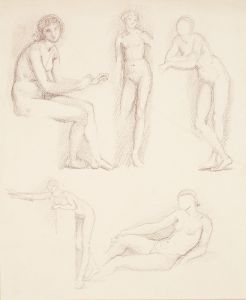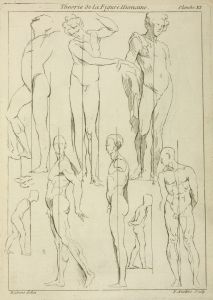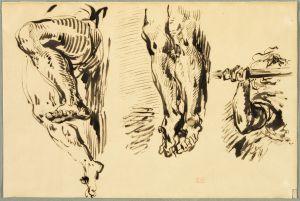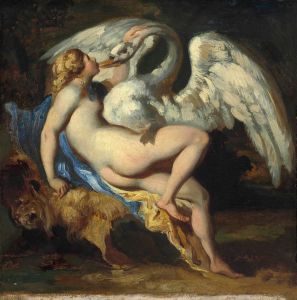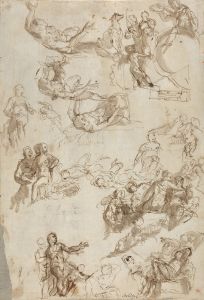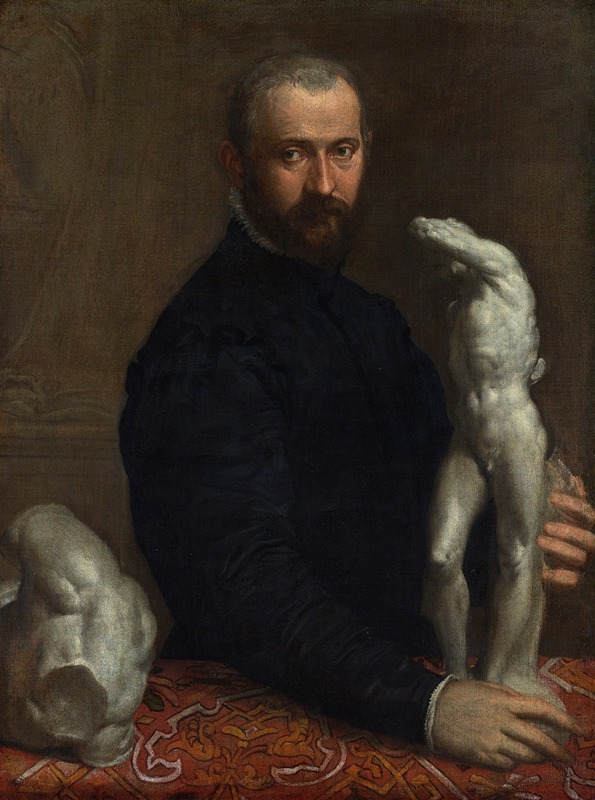
Alessandro Vittoria
A hand-painted replica of Paolo Veronese’s masterpiece Alessandro Vittoria, meticulously crafted by professional artists to capture the true essence of the original. Each piece is created with museum-quality canvas and rare mineral pigments, carefully painted by experienced artists with delicate brushstrokes and rich, layered colors to perfectly recreate the texture of the original artwork. Unlike machine-printed reproductions, this hand-painted version brings the painting to life, infused with the artist’s emotions and skill in every stroke. Whether for personal collection or home decoration, it instantly elevates the artistic atmosphere of any space.
"Alessandro Vittoria" is a portrait painting by the renowned Italian Renaissance artist Paolo Veronese. This artwork is a significant example of Veronese's portraiture, showcasing his ability to capture the essence and character of his subjects with remarkable detail and vibrant color.
Paolo Veronese, born Paolo Caliari in 1528 in Verona, was one of the leading painters of the Venetian school. He is best known for his large-scale historical and religious paintings, but his portraits also hold a significant place in his oeuvre. Veronese's work is characterized by its vivid use of color, intricate compositions, and the dramatic interplay of light and shadow.
The subject of this portrait, Alessandro Vittoria, was a prominent Italian sculptor of the late Renaissance. Born in Trento in 1525, Vittoria was a contemporary and close associate of Veronese. He is best known for his work in Venice, where he created numerous sculptures and architectural decorations that contributed to the city's artistic heritage. Vittoria's collaboration with Veronese and other artists of the time highlights the interconnected nature of the Renaissance art world, where painters, sculptors, and architects often worked together on grand projects.
In the portrait, Veronese depicts Vittoria with a sense of dignity and introspection. The artist's skillful use of color and light brings a lifelike quality to the painting, emphasizing the textures of Vittoria's clothing and the subtle expressions on his face. The background is typically subdued, ensuring that the focus remains on the subject. This approach is consistent with Veronese's style, where the interplay of light and shadow creates a three-dimensional effect, adding depth and realism to the portrait.
The painting is also notable for its attention to detail, particularly in the rendering of Vittoria's facial features and attire. Veronese's meticulous brushwork captures the intricate patterns and textures of the fabric, as well as the delicate play of light on Vittoria's skin. This level of detail not only showcases Veronese's technical prowess but also serves to convey the status and personality of the sitter.
"Alessandro Vittoria" by Paolo Veronese is housed in the Kunsthistorisches Museum in Vienna, Austria. The museum's collection includes a wide range of works from the Renaissance period, and this portrait is a valuable part of its holdings. The painting provides insight into the artistic and cultural milieu of 16th-century Venice, reflecting the close relationships between artists and their patrons.
Overall, "Alessandro Vittoria" is a testament to Paolo Veronese's mastery as a portraitist and his ability to capture the essence of his subjects. The painting remains an important work within the context of Renaissance art, illustrating the enduring legacy of both Veronese and Vittoria in the history of European art.





